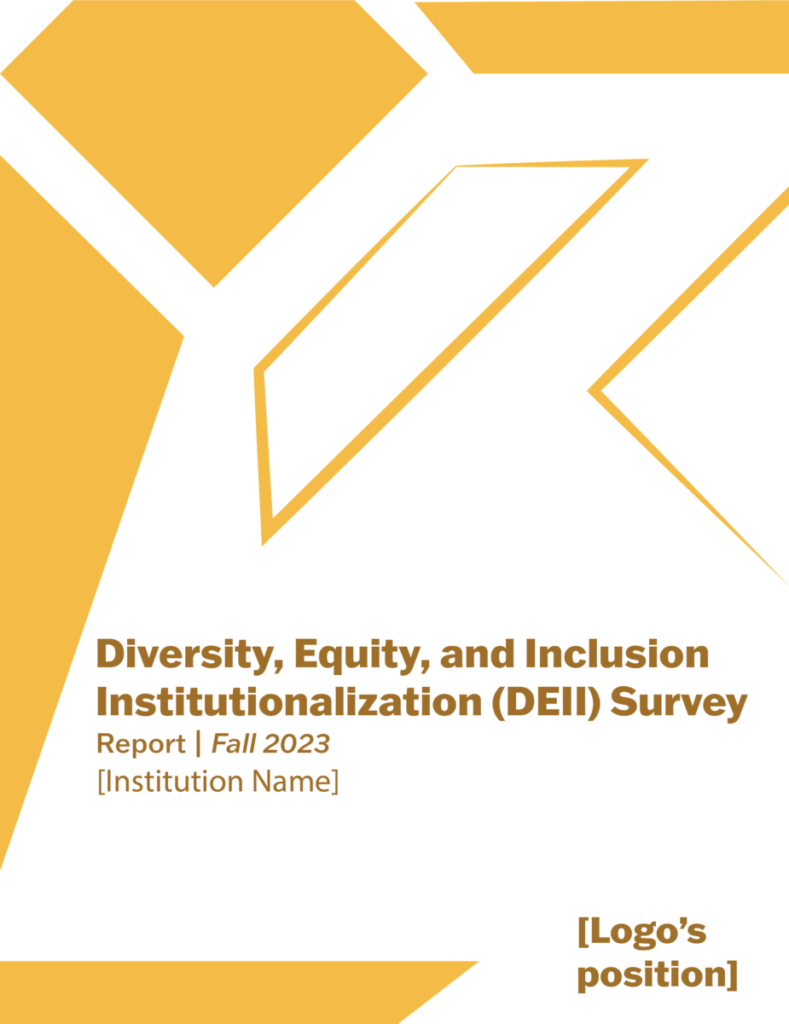Ethical
I have a similar perspective as the reading about copyright over design work. It is essential to have ethics in design, it is more than just about following laws to respect others’ creative work is to respect your creative work. I think copyright builds the basis of this industry. Inspiration can come from others’ works but giving credit and asking for copyright is the right way to show your recognition and respect for what inspiration you. When I am creating my work if I use anything from another’s creative work I would ask for permission and make sure they know because if others used my work I would like them to do the same to me.
In the Fairey Copyright Hope Poster case, Fairley used the AP photo to add his ideas and create a new expression based on the original work. Fairley’s work added significant political value, turning a simple photograph into an iconic symbol of hope and change, and he justified his action because since he added it and the meaning of the photo has changed, it should be considered fair use. I think that Fairley’s use of the photographs is not within the range of fair use and is an infringement of copyright. The poster is a direct and unauthorized derivative work of AP’s copyrighted photograph. Fairley should have been paid for his use of the photo, or at least should have requested a license to use it. There is no doubt that Fairley used the photo for creative purposes, but if everyone could justify their infringement as he did, then everyone would do the same with others’ creative work. Who else would respect copyright and originality?
























